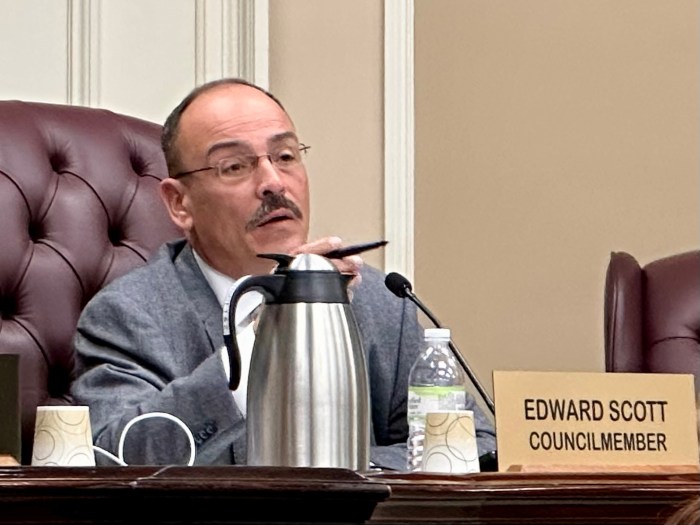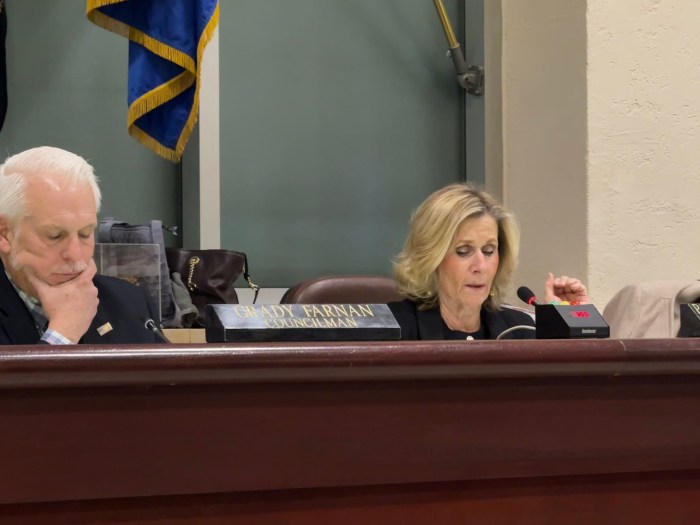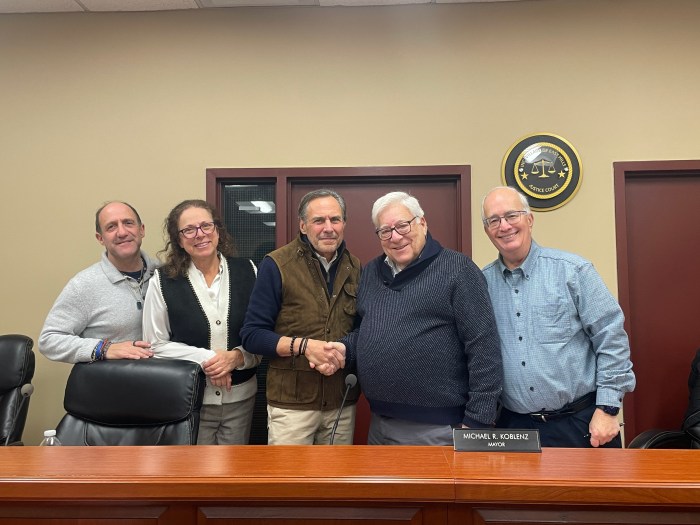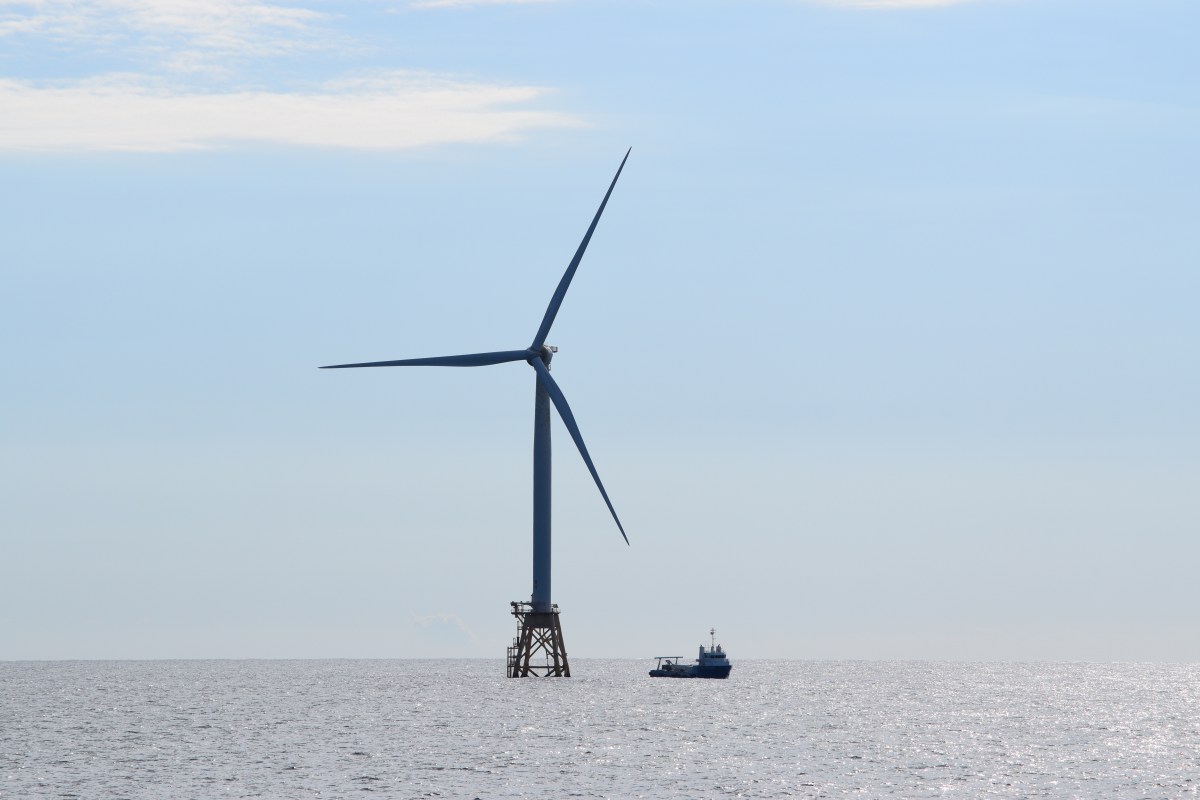Elected officials and local environmental and public health leaders called for improvements to Long Island’s water and public health, as the Trump administration has cut the Environmental Protection Agency.
Nassau County leaders gathered at the Hempstead Library on Friday, May 16, to call for change.
They said the Trump administration’s actions to delay an EPA ban on toxic chemicals found in drinking water such as trichloroethylene, also referred to as TCE, the government’s cuts to EPA funding, and the elimination of vital climate and conservation programs—pose serious risks to Long Island’s drinking water supply and public health.
“This is serious,” state Assembly Member Michaelle Solages said. “We need to call on the federal government to reinstate a lot of the PFAS regulations that they implemented, look to implement sustainable and resilient infrastructure money so that we can protect against rising sea, sea levels, and we also need to make sure we’re thinking of of Americans first and not private organizations and companies.”
The Trump administration has made cuts to several government agencies, including the EPA.
The White House hinted in February that the federal agency’s funding may be cut by 65% after the agency’s leader said the previous administration had allocated too much money to it.
The head of the EPA is Long Island native Lee Zeldin. He served as a state senator from 2011 to 2014 and was then a U.S. representative for the first congressional district for eight years. He was a member of the PFAS task force while in Congress, which dealt with research efforts related to PFAS cleanup and treatment technologies
But Zeldin has publicly expressed his desire for cuts in the past. In April, his appearance at a Long Island Association breakfast in Woodbury was met with protestors calling out his and the Trump Administration’s actions.
“Weakening the protections of our drinking water will only intensify the risks,” county Legislator Olena Nicks said on Friday.
Many villages and water districts throughout the region are working to respond to federal water quality guidelines from the EPA, which mandate that drinking water contain less than 4 parts per trillion of pre- or poly-fluoroalkyl substances, otherwise known as PFAS, by 2029.
The synthetic chemicals, which have detrimental effects on human health, were previously regulated at 10 parts per trillion in drinking water.
The EPA announced Wednesday that it is delaying the timeline for water utilities to comply with these guidelines.
In March, many local water districts and governments failed to receive millions of dollars in funding as the federal government passed a budget extender for the rest of the fiscal year. These lost grants would have improved local water systems.
Joe Stallone, a campaign manager for the New York League of Conservation Voters, spoke on Friday about a 2019 report from the state Public Interest Research Group that said Long Island had the most polluted water systems in the state.
Jessica Varghese, an assistant professor of nursing at the New York Institute of Technology, said that many of the chemicals found in the region’s water have been linked to causing cancer and various other dangers to health.
Environmental concerns aren’t new for the area. The former Grumman plant in Bethpage has left Bethpage Community Park partially unusable for decades.
“Environmental justice is not a luxury. It is a necessity,” Solages said. “For too long, Long Island communities have paid the price for environmental neglect.”



































